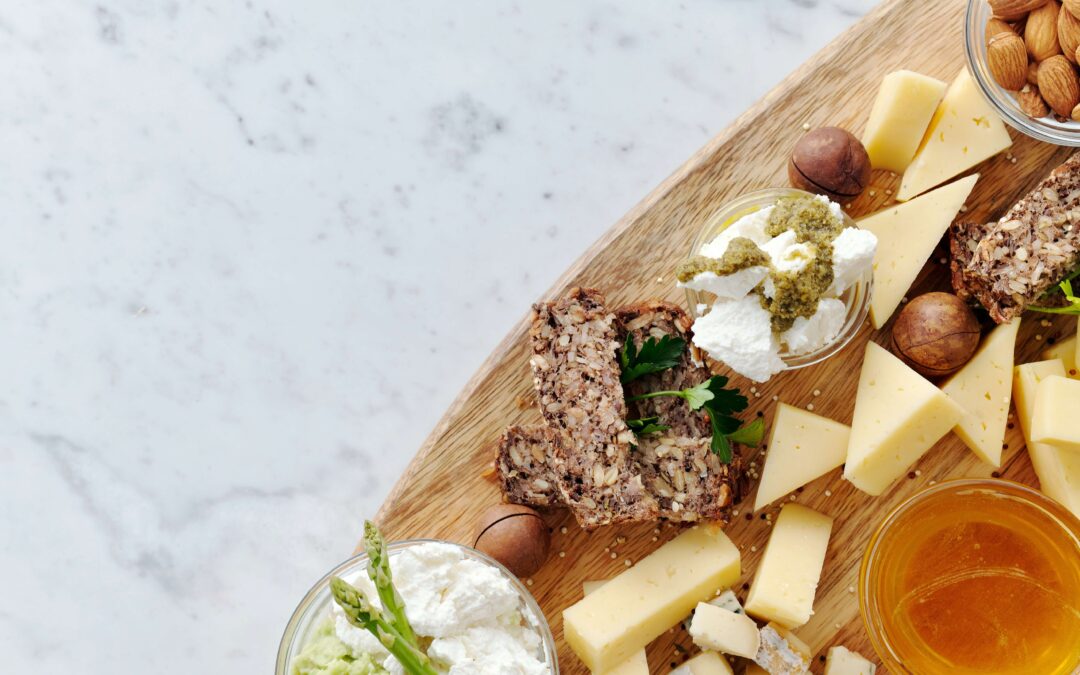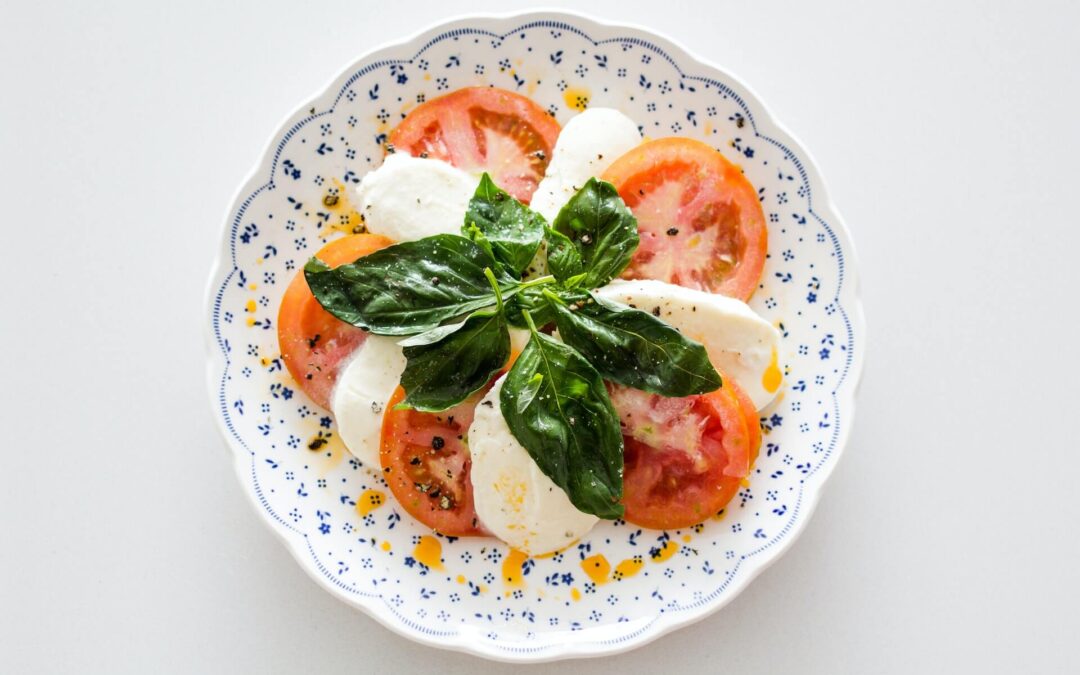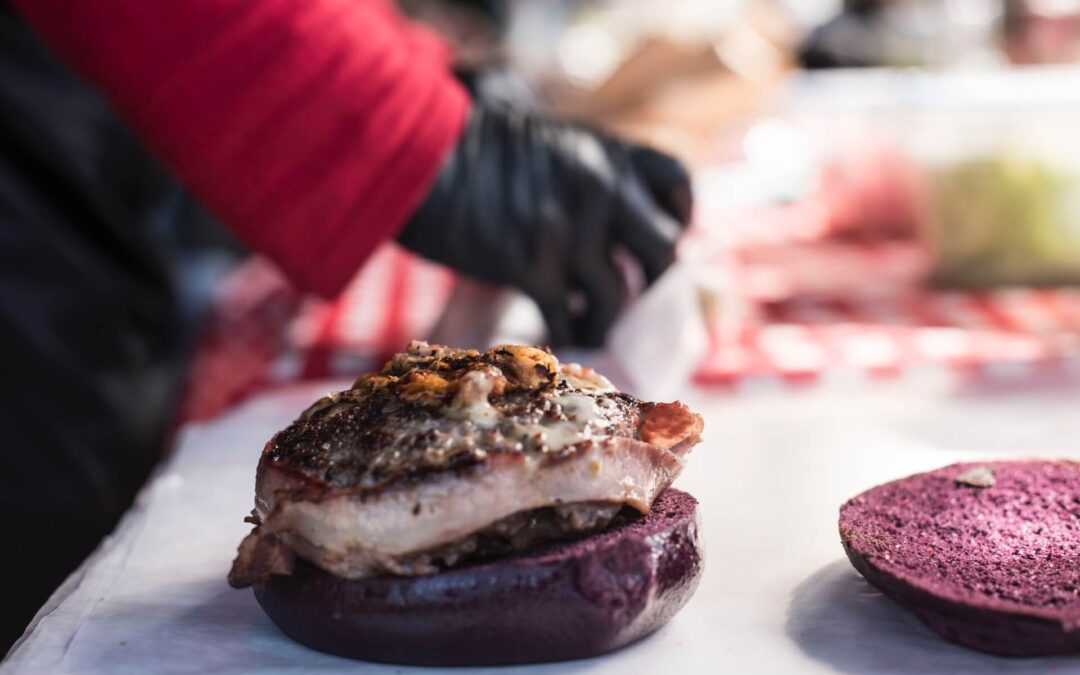Adopting an intermittent fasting regimen is not always straightforward. It frequently entails breaking long-held routines, such as cuddling up on the couch after dinner with a bowl of mint chip ice cream.
Meal planning, on the other hand, makes life easier. When you commit to an intermittent fasting meal plan, you boost your odds of sticking to it.
It’s fundamental psychology. We are more likely to carry out a plan when we develop it. People who wrote down when, where, and how they planned to exercise were 2-3 times more likely to exercise than controls in one research published in the Journal of British Health Psychology.[1]
Intermittent fasting follows the same logic. Keeping track of your fasting and feeding times ahead of time can help you keep to the plan.
This article will teach you how to create a food plan (along with sample meals) to meet your fasting objectives. But first, let us discuss nutrition.
The Importance of Nutrition While Intermittent Fasting
When you practice intermittent fasting, you take frequent calorie breaks. These breaks last 12 hours, 20 hours, or two days each week, depending on the routine.
The longer you work without a break, the more vital your meals become. It would help if you made your meals count.
Assume you’re performing OMAD. That one meal a day is your only opportunity to get protein, vital fatty acids, vitamins, minerals, and other nutrients.
Yes, a well-formulated multivitamin and other supplements can be beneficial. However, nutrients are best absorbed when ingested through meals.[2]
Concern yourself first with protein and the other macronutrients (protein, fat, and carbohydrates). Most individuals should aim for at least 1 gram of protein per kilogram of body weight, and athletes will require more to support activity and muscle maintenance.[3]
Fill up most of the leftover calories with fat if you combine the Keto diet plus intermittent fasting—an intelligent method for lowering hunger during fasting times. If you aren’t Keto, feel free to add some carbohydrates.
Look to nutrient-dense meals like beef, fish, organ meat, fruits, and vegetables to satisfy your micronutrient requirements. Grains? Not at all.
Grains are not only poor in most micronutrients, but they also contain phytic acid, a molecule that hinders mineral absorption.[4] That’s what you call a lose-lose situation.
If you’re new to fasting, you might wonder how to plan your fast. Which protocol is the most advantageous?
The fact is that we don’t know for certain. Many intermittent fasting techniques have been found to aid in weight reduction (among other advantages), but none have been directly compared.[5][6][7]
Keeping this in mind, the plan is to identify a fasting routine that works for you. And you accomplish this by starting slowly.
The optimal length for a first fast is 12 or 13 hours. The transition from dinner to breakfast (say, 7 p.m. to 7 a.m.) without nibbling.
This regimen is manageable for the majority of people. Most people find it beneficial to their metabolism, weight reduction attempts, and sleep.
Once you’ve mastered overnight fasting, it’s time to define your objectives. Is it about losing weight? Ketosis induction? Muscle increase or muscle maintenance?
If you want to lose weight or go into ketosis, consider gradually increasing your fasting time by one hour at a time until you reach 16/8 or OMAD. You may return to a shorter fast if you feel weak or exhausted.
If you aim to increase strength or muscle, you should generally avoid fasting for more than 16 hours. Any longer, and it will be challenging to get in enough calories and protein to maintain your resistance training regimen.
Should You Skip Breakfast?
The most crucial meal of the day is breakfast. At least, that’s what common wisdom suggests.
This insight’s usefulness is determined by several circumstances, including your objectives. Breakfast may not be beneficial if your goal is to lose weight.
For example, one research evaluation discovered that adding breakfast probably did not help with weight loss attempts.[8] However, another study found that women who missed breakfast had greater cortisol and blood pressure levels than breakfast eaters.[9]
Why is this happening? Because breakfast can improve our circadian rhythm or 24-hour wake-sleep cycle. Eating in the morning (particularly protein) stimulates melatonin synthesis at night, promoting peaceful sleep, which benefits many aspects of health.[10]
Ultimately, you are missing breakfast works for some people but not others. You’ll have to try other things.
What About Supplements and Water?
So you’ve opted to fast and know when to eat, but what about the items you eat that aren’t “food”?
Supplements
Supplements are considered food for fasting reasons and should be eaten during your eating window.
Suppose you have supplements or medications that must be taken at a specified time of day, with or without food. In that case, we recommend consulting with your doctor or healthcare practitioner to see if fasting is good for you and how to pick the best schedule.
Water
Staying hydrated is essential at any time, but especially during a fast when you won’t be drinking anything else.
Plain water, unsweetened sparkling water, and unsweetened coffee and tea are all permissible liquids during your fasting hours—but plain water is your best choice.
Example Meal Plans for Every Fast
You’ll discover one-day meal plans for this area’s most common intermittent fasting regimens.
These dishes are nutrient-dense, low-carb, high-protein meals that supplement the advantages of intermittent fasting by maintaining optimal blood glucose, insulin, and ketone levels while supplying all of the macro and micronutrients required for a healthy metabolism.
When deciding how to break your fast, whether for breakfast or lunch, avoid high-carb items such as fruits or grains, which may raise blood sugar and cause a “crash” later in the day. Following a Keto or low-carb diet, you’re already used to eating this way.
Keep in mind that your portions will vary depending on your specific demands. The idea is not to limit calories actively, but this will most likely occur organically.
Also, don’t feel obligated to try every recipe. There’s no shame in eating leftovers, and meal planning typically involves batch cooking ahead of time.
12/12 Meal Plan
12/12 means fasting from supper to breakfast for 12 hours every day.
- Keto Cheese and Zucchini Omelette for Breakfast
- Cobb Salad with Low Carb Dressing for Lunch
- Low Carb Beef with Noodles for Dinner
16/8 Meal Plan
When you practice 16/8, you consume all your daily calories within eight hours.
- Breakfast: Fast
- Low Carb Turkey Taco Bowl for Lunch
- Keto Shepherd’s Pie for Dinner
OMAD Meal Plan
OMAD stands for one meal a day. You fast for the remainder of the day.
- Breakfast: Fast
- Lunch: Fast
- Keto Omad Chicken Burrito Bowl for Dinner
5:2 Meal Plan
When you follow 5:2, you eat 0-25% of your regular calories twice a week on non-consecutive days. You eat regularly the other five days. The sample below is for a low-calorie 5:2 fasting day with a usual daily consumption of 2000 calories.
- 2 hard-boiled eggs with spinach for breakfast
- Keto Pecan and Arugula Salad for Lunch
- Low Carb Grilled Eggplant with Cream Sauce for Dinner
ADF Meal Plan
Alternate-day fasting (ADF) entails consuming 0-25% of your regular calorie intake every other day. The sample below is for a low-calorie fasting day, with a normal daily diet of 2000 calories.
- Scrambled Eggs with Basil and Parmesan for Breakfast
- Keto Vegan Greek Roasted Cabbage Salad for Lunch
- Keto Southwest Chicken Cheese Wraps for Dinner
Creating Your IF Meal Plan
Those one-day menus are only suggestions to get you started. It’s now time to use the power of meal planning to cement your fasting routine.
There’s no need to get out a pen and paper. It’s just an ebook.
That’s correct. You may use this ebook to create your fasting program and build bespoke intermittent fasting meal plans based on your goals in this guide.
If that sounds like too much effort, go through prepared meal menus for each everyday fasting regimen. You can always change them later if necessary.
Changing behaviors is difficult, but it is made simpler with assistance. Are you taking advantage of the situation?







0 Comments